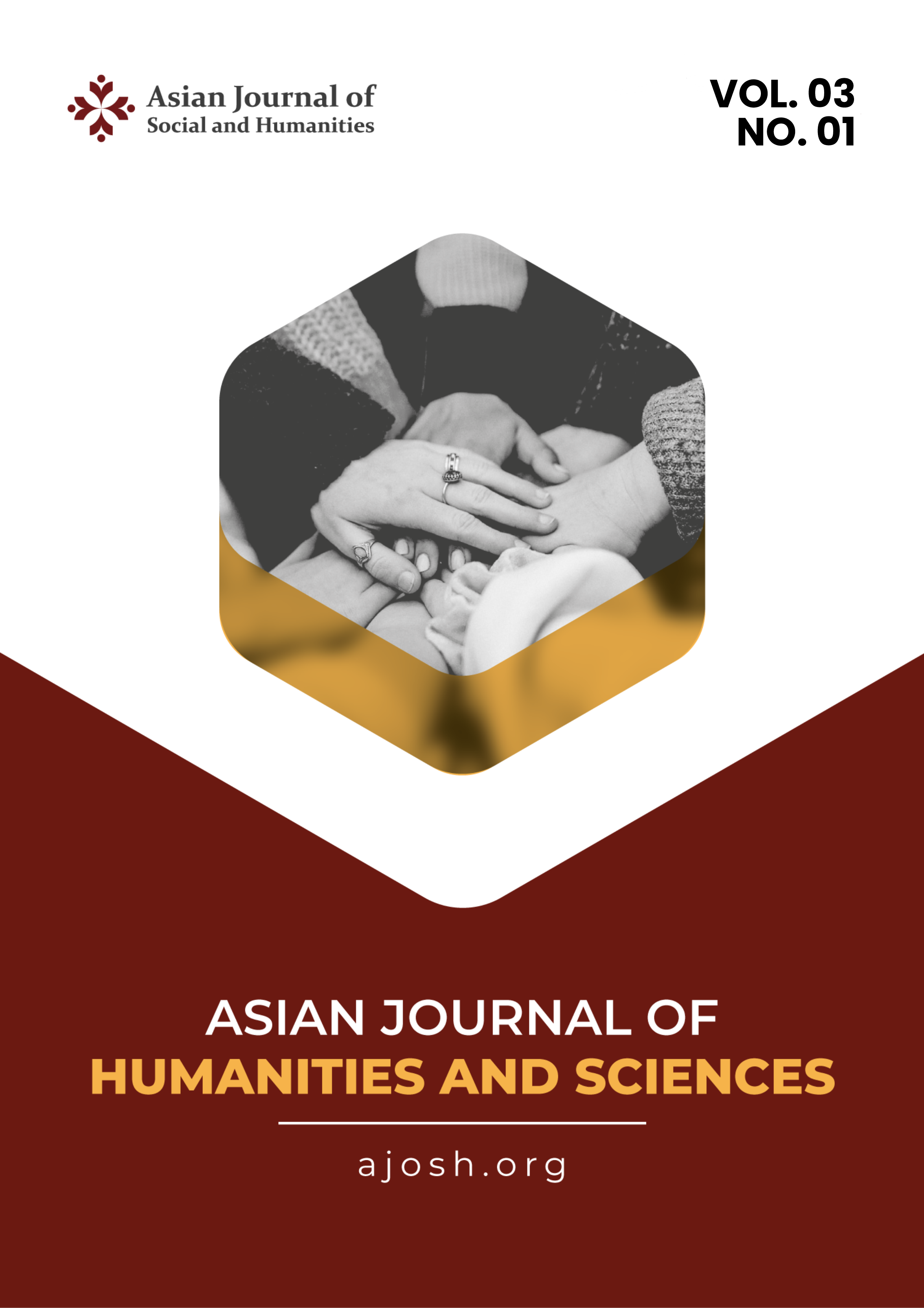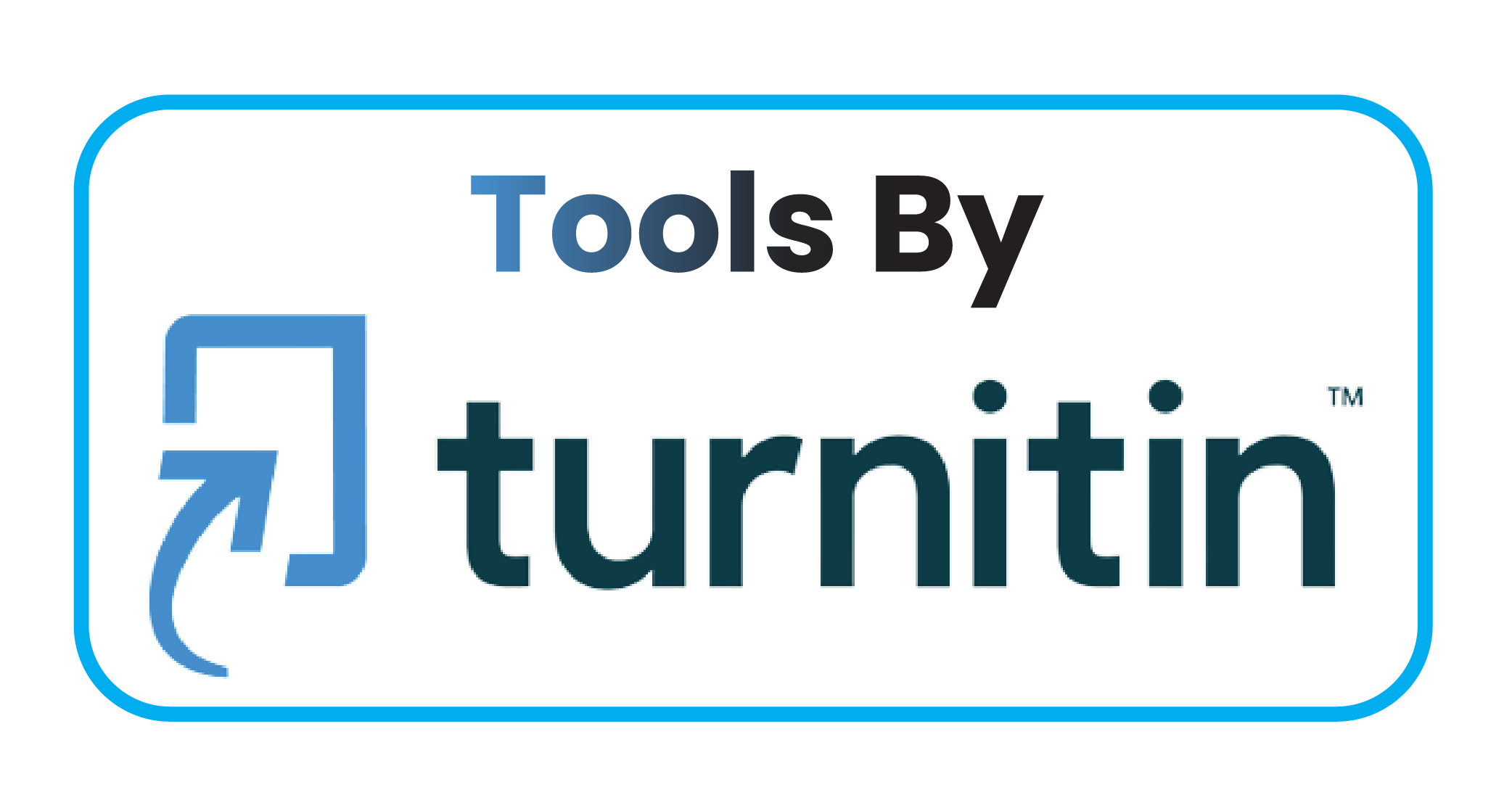Strategic Analysis of Information Technology Architecture With Pepprard and Ward Methods At PT. Bank XYZ
DOI:
https://doi.org/10.59888/ajosh.v3i1.437Keywords:
strategic analysis;, information technology architecture;, bankingAbstract
The rapid development of the digital era has placed Information Technology (IT) as a crucial element in the banking industry. PT. Bank XYZ aims to enhance its IT capabilities to achieve its business objectives and become one of Indonesia's top banks. In line with the regulatory requirements of POJK No. 11/POJK.03/2022, this research focuses on a strategic analysis of PT. Bank XYZ's IT architecture using the Pepprard and Ward methods, combined with Anita Cassidy’s approach. The research analyzes the current conditions of the bank’s IT architecture and external factors, employing PEST and Porter’s Five Forces methods, followed by a SWOT analysis to identify strengths, weaknesses, opportunities, and threats. From this analysis, strategic recommendations are provided to support the bank’s IT goals over a four-year period (2024-2028). The strategic plan consists of 19 key IT programs covering applications, data, and technology, aimed at enhancing customer experience, data quality, and infrastructure resilience. This roadmap will help PT. Bank XYZ improve its IT operations and align its technological advancements with its business objectives, positioning the bank for growth in the competitive banking sector. The research contributes practical insights into developing an IT strategy that complies with regulatory standards and supports long-term corporate goals.
Downloads
Published
Issue
Section
License
Copyright (c) 2024 Reza Irsyadul Anam, Gerry Firmansyah, Nenden Siti Fatomah, Budi Tjahjono

This work is licensed under a Creative Commons Attribution-ShareAlike 4.0 International License.
Authors who publish with this journal agree to the following terms:
- Authors retain copyright and grant the journal right of first publication with the work simultaneously licensed under a Creative Commons Attribution-ShareAlike 4.0 International. that allows others to share the work with an acknowledgement of the work's authorship and initial publication in this journal.
- Authors are able to enter into separate, additional contractual arrangements for the non-exclusive distribution of the journal's published version of the work (e.g., post it to an institutional repository or publish it in a book), with an acknowledgement of its initial publication in this journal.
- Authors are permitted and encouraged to post their work online (e.g., in institutional repositories or on their website) prior to and during the submission process, as it can lead to productive exchanges, as well as earlier and greater citation of published work.










